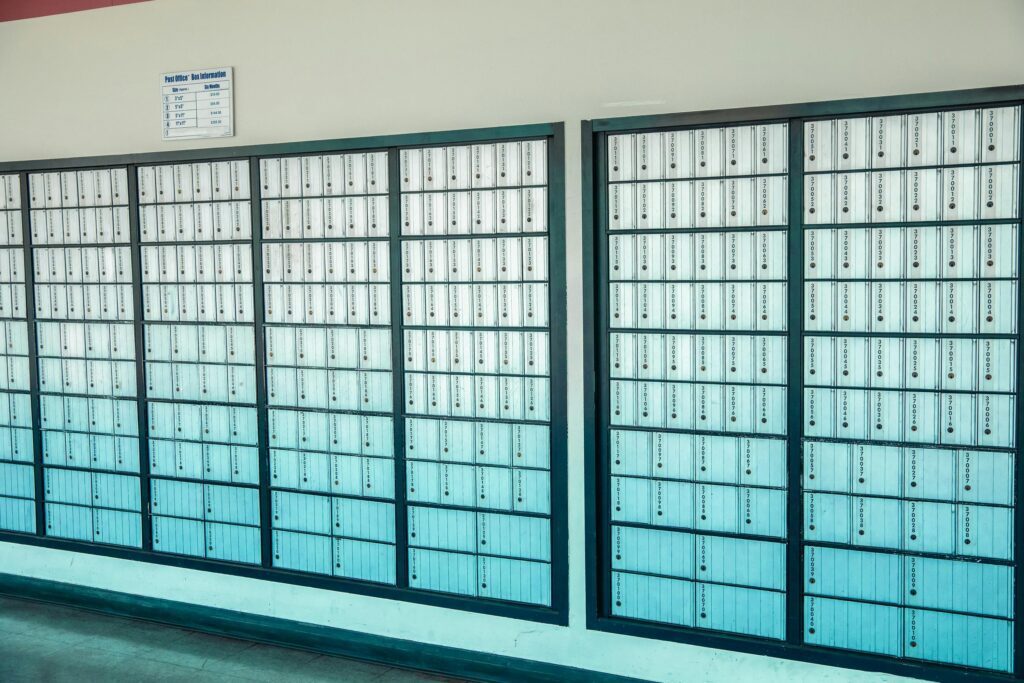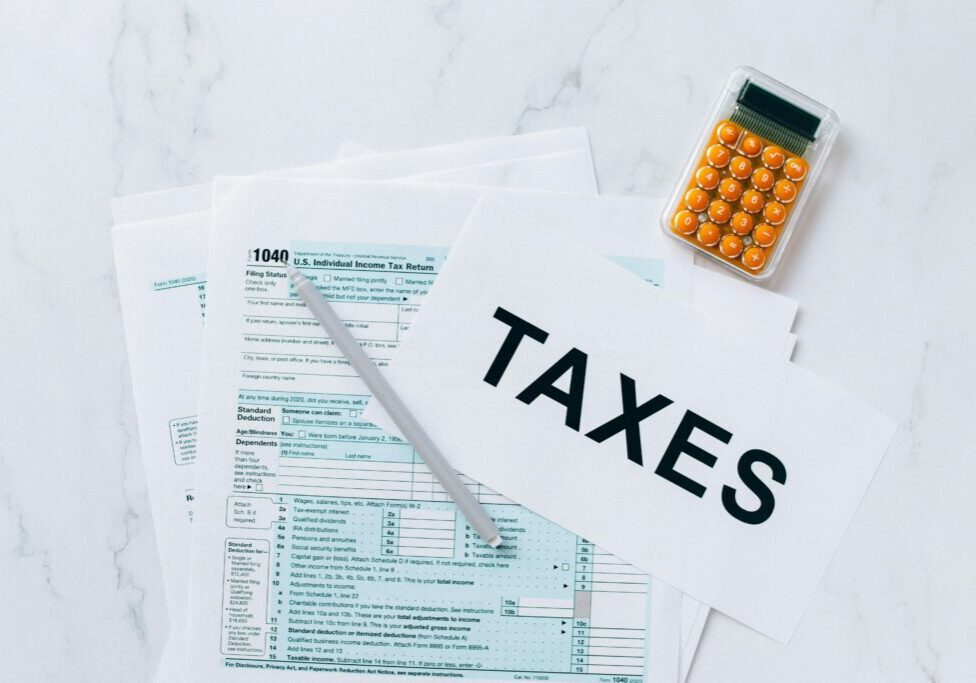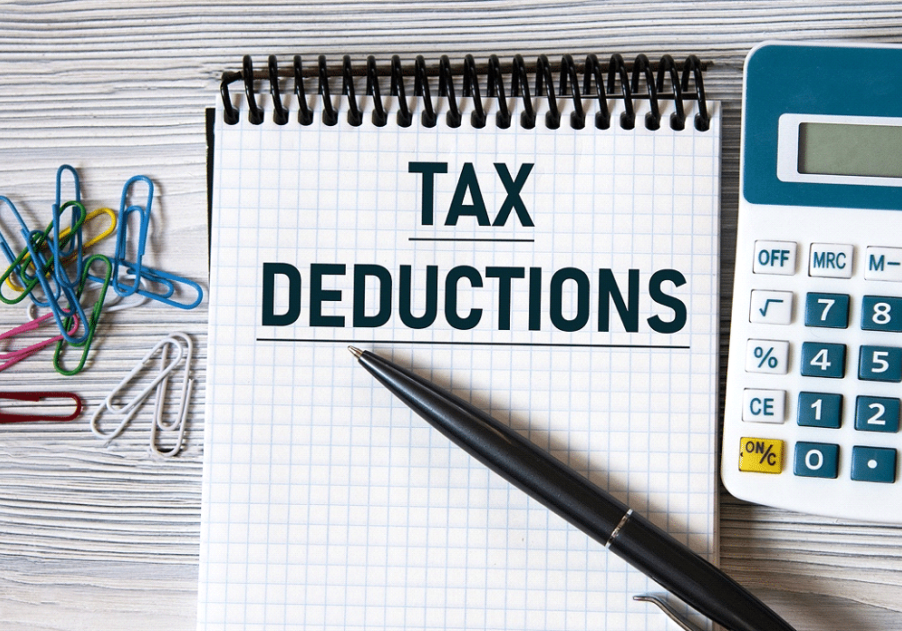Lockbox Services: Are They Right For Your Business?

Bank “lockbox” services have been around for a long time. Originally the domain of large corporations with geographically dispersed customers, that’s no longer true. Banks have recently been using technology that allows them to offer lockbox services to smaller companies on a more competitive basis. At the same time, fully electronic payment systems have been blossoming as nonbank “e-lockbox” services.
Yet, even with lower fees, lockbox services aren’t for everyone. One of the key factors that determines whether a lockbox service makes sense for you is the volume of payments you get in the mail from your customers and the size of those checks. Lockbox services typically involve a fixed monthly fee, plus a per-check charge. The fixed monthly fee could be a deal-breaker if you don’t have a critical mass of checks.
The Basic Concept
Before information technology made lockbox services more sophisticated, the basic concept was this: Banks set up post office (P.O.) boxes that you designate as your payment address to receive checks from customers paying their invoices. Lockbox locations are based on their proximity to where checks are coming from and the centrality of that post office.
Regional postal centers that serve as a hub for smaller post offices are used. (It’s not practical for banks to set up lockboxes in every community where their customers are based). Lockboxes, thereby, shorten the time between when checks are sent, when they’re received and when funds are credited to your bank account. That process is known as eliminating “postal float.”
Bank personnel empty P.O. boxes daily, if not several times a day. The checks, in turn, are processed by bank personnel and promptly deposited into business customers’ accounts. Details about checks deposited are sent to those business customers electronically, so they know right away who has paid them and how much of the day’s payments have been credited to their accounts.
Companies that can benefit the most from postal float elimination are those that not only receive a lot of checks, but also serve many customers based relatively far away.
Another potential lockbox benefit is the outsourcing of payment processing to the bank as a labor cost-saving tactic. Having checks mailed to you means someone needs to open them, reconcile them against your receivables records and take them to the bank. Going to the bank might not be necessary, of course, if you can deposit checks using a check scanning app.
Keep in mind: For a bank to have a secure and efficient lockbox system, they must be able to handle large volumes of checks. That means using their system is likely to cost less than processing checks yourself.
Scanning the Data
Sophisticated scanning devices used by lockbox providers take in all the pertinent information about each payment — not just the source and payment amount, but invoice numbers as well. That data is transmitted directly to your own accounting system. Scanning systems also can detect discrepancies, such as a check amount that doesn’t correspond with the invoice amount. Those “exceptions,” as they’re called in the banking industry, are flagged for your attention.
In principle, using a lockbox service can lower the risk of checks being misplaced, or even stolen, by someone on your staff. Banks also face the same risks, but they’re generally experienced at managing them.
One industry player describes an online lockbox as “a virtual holding terminal for business-to-business payments.” That is, it’s “essentially a trusted third-party payment system where all transacting can be done from behind your computer screen.” It facilitates payments using credit cards and electronic checks that clear through the ACH — the same system used by banks.
Cost/Benefit Analysis
What about drawbacks? Basically, the drawbacks boil down to cost. A bank that values its relationship with customers will be upfront about whether its lockbox service would pay off for your business. But, to get the full picture, you’ll need to assess your own internal costs of processing check payments. Doing so means looking at labor costs, and the opportunity cost of getting payments by paper check credited to your account one, two or three days later than you would with a lockbox service.
Lockbox services were introduced at a time when interest rates were much higher than today, so the cost of “postal float” was also higher then. However, with interest rates haven risen lately, now might be a good time to consider a lockbox. if your cash flow is strained and receiving checks sooner would make a big difference, earning a few more dollars in interest (or reducing your borrowing needs) could play an important role in your cost/benefit analysis.
With e-lockbox services, volume is also an important factor in determining whether it makes sense. You might need to give your customers a large incentive to pay you electronically, if today they only use checks and aren’t inclined to make a change. If you’re in a strong bargaining position, you could simply inform them that you’ll no longer accept payment via paper check and hope for the best.
Final Thoughts
Not sure whether a lockbox system would benefit your company? As previously noted, a customer-centric bank will be upfront with you about whether a lockbox would pay off for your business. If in doubt, give your banker a call and ask a few questions. Your CPA can also help you conduct a thorough cost-benefit analysis.










